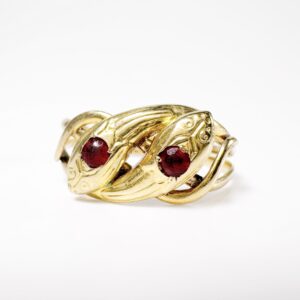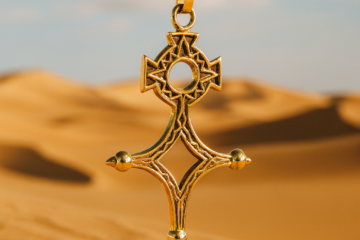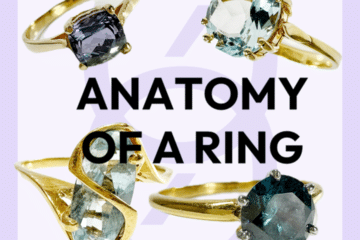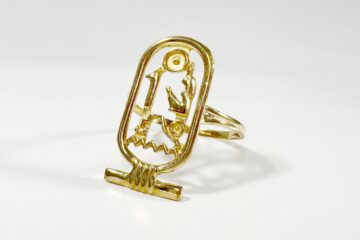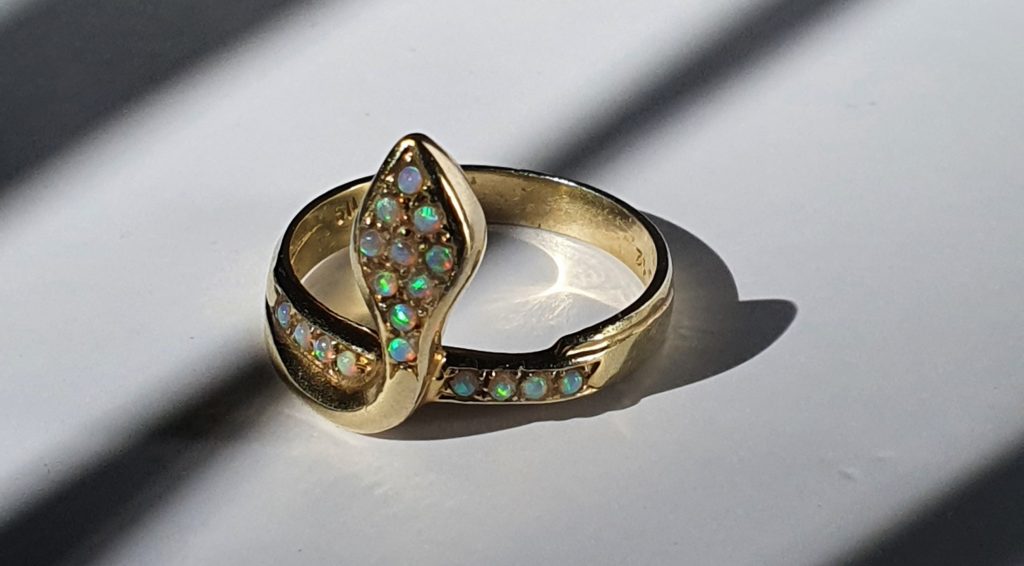
The snake has been used frequently in jewelry since ancient times. Snake jewelry, especially snake rings, is elegant and mysterious and has always been a beloved jewelry element. In ancient times, snake jewelry signified the owner’s desire for eternal youth and immortality, just as the snake, which continuously undergoes painful shedding but manages to survive and live a new life. Between the 1820s and the 1950s, European culture was greatly influenced by Eastern culture. Indian culture, in particular, had significant influence in the jewelry industry. Over a large part of India and South Asia, there are carved representations of cobras or nagas in stone and wood, notably at the entrance of shrines. The snake was associated to perpetual renewing because of its shedding, but also to fertility.

Symbol of renewal in the Greco-Roman world where its molt evokes the regeneration, it is associated with the God of medicine Asclepius. Indeed, the god is associated with the caduceus, fearturing two intertwined snakes. During Antiquity, jewels adorned with snakes were also worn by promiscuous women and men going to war. In ancient Egypt, the snake represented wisdom and kingship. The serpent was one of the twelve sacred animals, associated with the twelve hours of day and night. A lot of Pharaohs’ crowns were adorned with a cobra, with its head up in a ready to attack position. On Pharaohs’ scepters, we can always see a coiled snake.
As the romanticism of the nineteenth century brings it up to date, it becomes a sentimental talisman because the image of the snake that bites its tail, called ouroboros, represents eternity. He then reappeared in the jewelry world where he became one of their favorite motifs.
 en
en
 Français
Français
